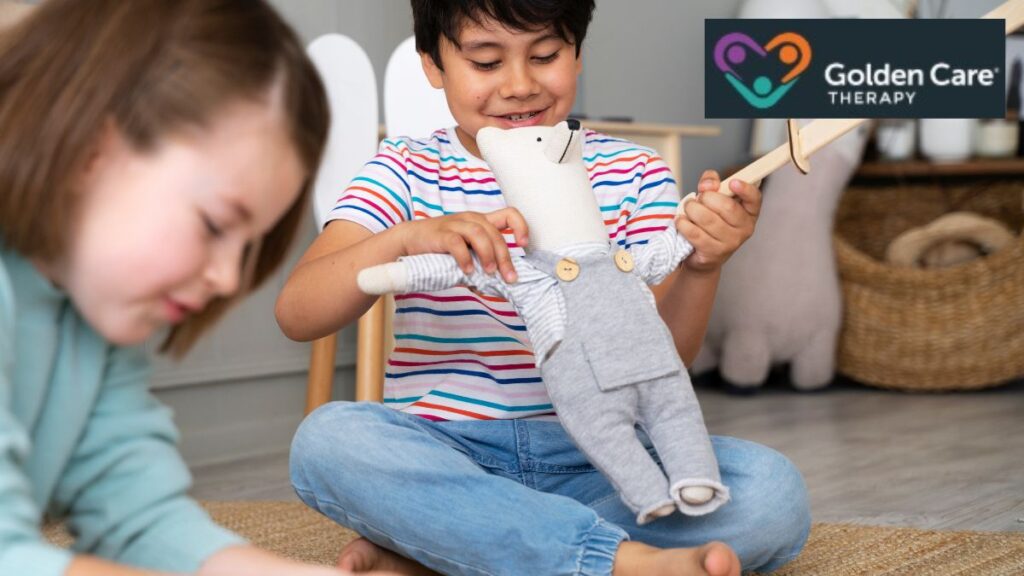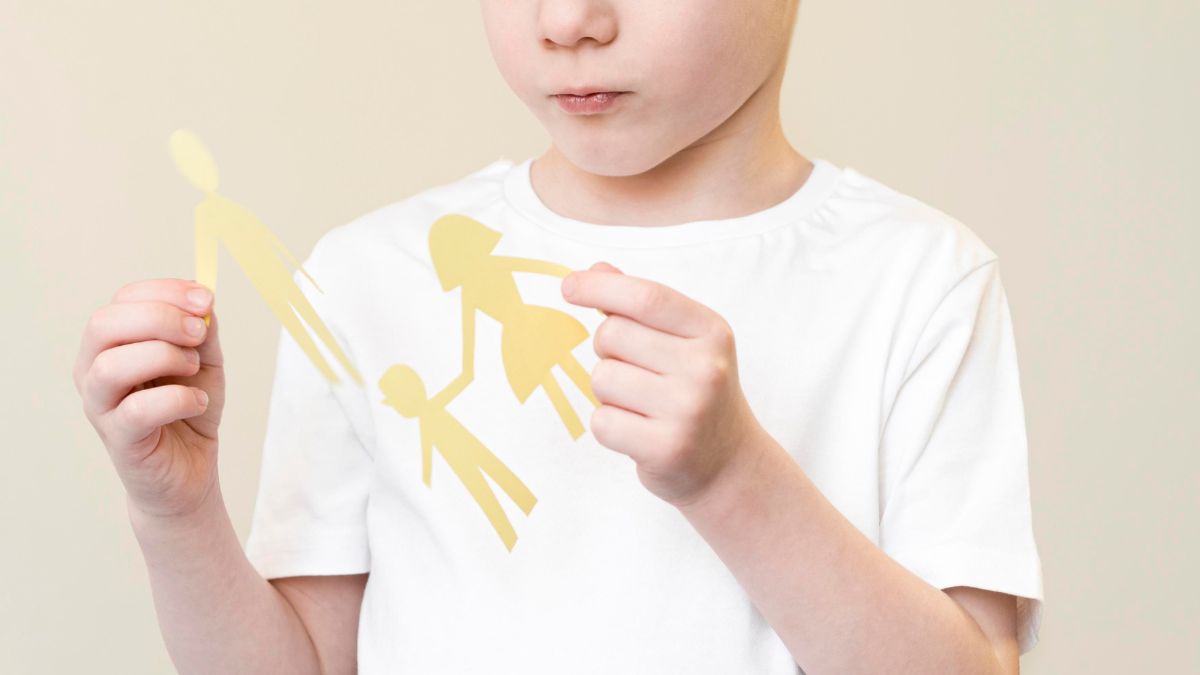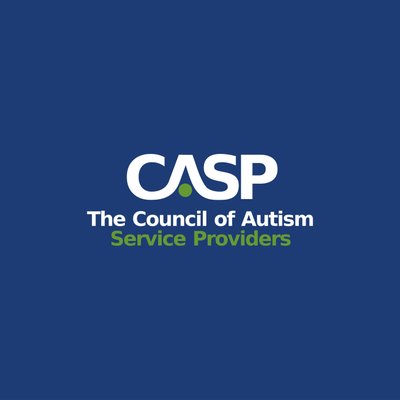How does autism affect attachment? It’s a question many parents, professionals, and even autistic individuals themselves have asked. Autism brings unique ways of communicating and connecting with the world, while attachment theory explains how humans build emotional bonds. When the two intersect, the results can be fascinating, hopeful, and sometimes surprising.
Attachment plays a big role in emotional growth, trust, and relationships. For someone on the autism spectrum, attachment may look different, but that doesn’t mean it’s absent. In fact, studies show that many children with autism form secure bonds that help them thrive. So what does this look like in daily life? And what does the science really say? Let’s dive in.
What Is Autism, in Simple Terms?
Autism Spectrum Disorder (ASD) is a lifelong developmental condition that shapes how people experience communication, social interaction, and behavior. Think of it as a spectrum. Some individuals are highly independent, while others need more support. No two autistic people are alike, but they often share traits such as:
- Different ways of interacting and talking with others
- Finding loud sounds or bright lights overwhelming
- Repeating behaviors or routines that bring comfort
- Processing information at a slower or unique pace
According to the CDC, around 1 in 36 children in the U.S. is diagnosed with autism (CDC, 2023). That’s about 2.8% of children—meaning autism touches many families and communities.
A Quick Look at Attachment Theory
Attachment theory, first described by John Bowlby in the mid-20th century, explains how children form emotional bonds with their caregivers. These bonds often set the stage for later relationships.
There are four main styles:
- Secure attachment—a healthy balance of closeness and independence
- Avoidant attachment—seeming distant or dismissive of closeness
- Anxious attachment—seeking closeness but worrying about being left out
- Disorganized attachment—showing mixed or confusing responses
When autism enters the picture, researchers have long wondered: Does it make secure attachment harder, or just different?
How Does Autism Affect Attachment: Real-Life Examples

Example 1: Using a Parent as a Safe Base
A 2016 review by Teague et al. found that 47% of children with autism form secure attachments, nearly the same rate as neurotypical peers. For instance, a child on the spectrum might use their parent as a safe base when exploring a playground. They may not run back for hugs but instead glance over, knowing support is there.
Example 2: Separation Responses
In the Strange Situation Procedure, a well-known test of attachment, autistic children often show distress when separated. A 2025 meta-analysis (Trottier-Dumont et al.) revealed that about 45% of autistic children were secure, while 27% showed disorganized attachment—figures close to the general population. This shows that autistic kids do form bonds, even if expressed in non-traditional ways.
Example 3: Sensory Overlap
Take a child who avoids hugs. On the surface, it may seem like rejection. But often, it’s not about love—it’s about sensory sensitivity. They may prefer closeness through parallel play or sharing a favorite activity. The bond exists; it just looks different.
Similarities Between Autism and Attachment Challenges
Autism and insecure attachment can sometimes look alike, which is why researchers stress careful evaluation. Both may involve:
- Struggles with social skills
- Trouble regulating emotions
- Limited or unusual eye contact
- A preference for being alone
But here’s the key difference: autism is lifelong, while insecure attachment can shift with the right support.
Key Differences in Daily Life
Let’s break down a few distinctions in plain language:
| Trait | Autism | Insecure Attachment |
| Trust & Affection | Sensory-based (hugging may feel uncomfortable) | Emotional fear of closeness or rejection |
| Empathy | May not notice others’ feelings | May notice too much, sometimes overreacting |
| Honesty | Tends to be straightforward | May bend truth to protect self-image |
| Food Issues | Texture, timing, or presentation concerns | Social or emotional associations with meals |
This helps explain why diagnosis can be tricky—and why support needs to be tailored.
Secure Attachment Is Possible in Autism
So, what happens when an autistic child does form a secure attachment? Research points to powerful benefits:
- Better language skills—Securely attached autistic children often show stronger vocabulary growth (Rutgers et al., 2007).
- More empathy—They respond more to others’ needs and show comfort during distress.
- Higher social engagement—They initiate play or interaction more often.
In one study, securely attached autistic children initiated more joint play with caregivers than their insecurely attached peers (Dissanayake & Crossley, 1996). This shows that the quality of the bond matters greatly.
Why Some Autistic Children Are at Higher Risk for Insecure Attachment
Not every autistic child forms secure attachment. Factors that increase risk include:
- More severe autism traits
- Developmental delays in language
- Difficulty signaling needs clearly
A study of toddlers at high risk of autism found they were nine times more likely to display insecure attachment compared to lower-risk children (Kubo et al., 2021). Still, remember—risk is not destiny. Many children grow secure bonds when supported well.
The Role of Parenting Style in Autism and Attachment
Here’s something hopeful: research suggests that responsive and consistent caregiving helps autistic children build stronger bonds, just as it does for neurotypical kids.
In a 2021 trial of an attachment-based program called Circle of Security Parenting (COSP), mothers of autistic children reported better self-confidence and mental health after completing the program (Kubo et al., 2021). Their children also showed improved emotional behaviors.
So, even though autism may bring unique challenges, the basics of warmth, consistency, and responsiveness still work wonders.
Secure Attachment Strengthens Life Skills

Let’s look at the bigger picture. When autistic children experience secure attachment, studies show they often:
- Solve problems more flexibly
- Communicate more clearly
- Engage more in creative or pretend play
In essence, secure bonds lay the foundation for resilience, confidence, and independence. Isn’t that what every child deserves?
What the Latest Research Reveals
Recent large-scale reviews shed more light:
- A 2025 meta-analysis (Trottier-Dumont et al.) found autistic children showed nearly identical rates of secure attachment as the general population—around 46%.
- A systematic review (Teague et al., 2016) confirmed that almost half of autistic children were securely attached across seven studies using the Strange Situation Procedure.
- Studies suggest the older the child, the more likely they are to show secure attachment.
This paints a promising picture: attachment is not blocked by autism. It simply follows unique paths.
Why Attachment in Autism Matters for the Future
Attachment shapes how we relate to friends, partners, and coworkers later in life. For autistic individuals, secure bonds may help with:
- Building lasting friendships
- Navigating work or school environments
- Feeling grounded during transitions
It also affects self-esteem. A securely attached child, even one with autism, often grows up knowing, “I can depend on others, and I am worthy of love.”
FAQs About Autism and Attachment
1. Can an autistic child still form a secure attachment even if they avoid hugs?
Yes. Avoiding hugs is often about sensory sensitivity, not lack of love. Many children express attachment through play, shared interests, or simply staying close.
2. Do attachment styles in autistic children change over time?
They can. Studies suggest that as children grow and develop communication skills, secure attachment becomes more likely.
3. How does secure attachment help with social skills in autism?
Securely attached autistic children often initiate more social play, use more language, and show greater empathy compared to those with insecure attachment.
4. Is insecure attachment a sign of autism?
Not necessarily. While there’s overlap, insecure attachment can happen in any child. A diagnosis of autism requires broader developmental evaluation.
5. What role does a parent’s own attachment style play?
Parents with secure styles tend to model responsiveness, which helps their children—even autistic ones—develop stronger bonds and coping skills.
Building Bonds That Last

Autism and attachment are not separate worlds. At Golden Care, we’ve seen how they overlap in ways that highlight the resilience and adaptability of human connection. Research shows that autistic children, like any other children, are capable of forming secure, loving bonds. The differences often lie in how those bonds are expressed—eye contact may be less frequent, and hugs may be replaced with shared activities—but the attachment is real and powerful. Secure bonds are not just possible; they are common, life-shaping, and deeply meaningful for autistic individuals.
By focusing on connection rather than limitation, we create space for growth, trust, and thriving relationships. While some children may be at higher risk for insecure patterns, support through responsive relationships can make a major difference. Attachment is not a fixed outcome but a relationship in motion, shaped by mutual understanding.At Golden Care, we are here to guide families with compassion and expertise. Whether you’re in New York or elsewhere, our team is dedicated to helping you understand attachment in autism and support stronger emotional connections. Secure attachment is within reach—it’s achievable with the right support and consistency. Isn’t it inspiring to know that with the right guidance, children on the spectrum can flourish emotionally, socially, and relationally? Reach out to us at Golden Care, and let’s work together to create a nurturing path forward for your loved one.



